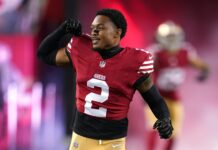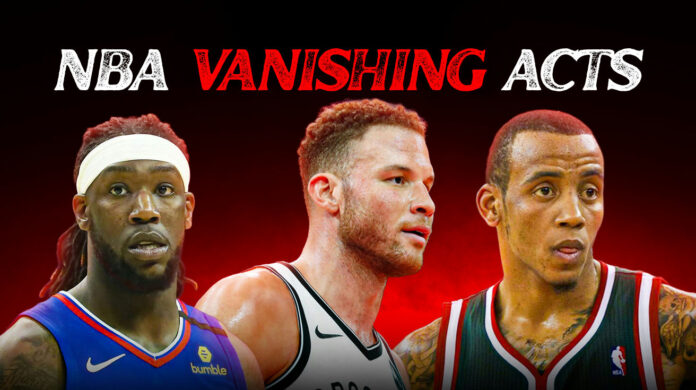
NBA careers rarely follow predictable paths. Even the brightest stars can fade quickly. Injuries, team changes, and evolving gameplay reshape trajectories overnight. Some adapt. Others don’t. These seven players exemplify the peaks, valleys, and pivots that define professional basketball’s unpredictable nature.
1. Kenneth Faried: The One-Dimensional Talent
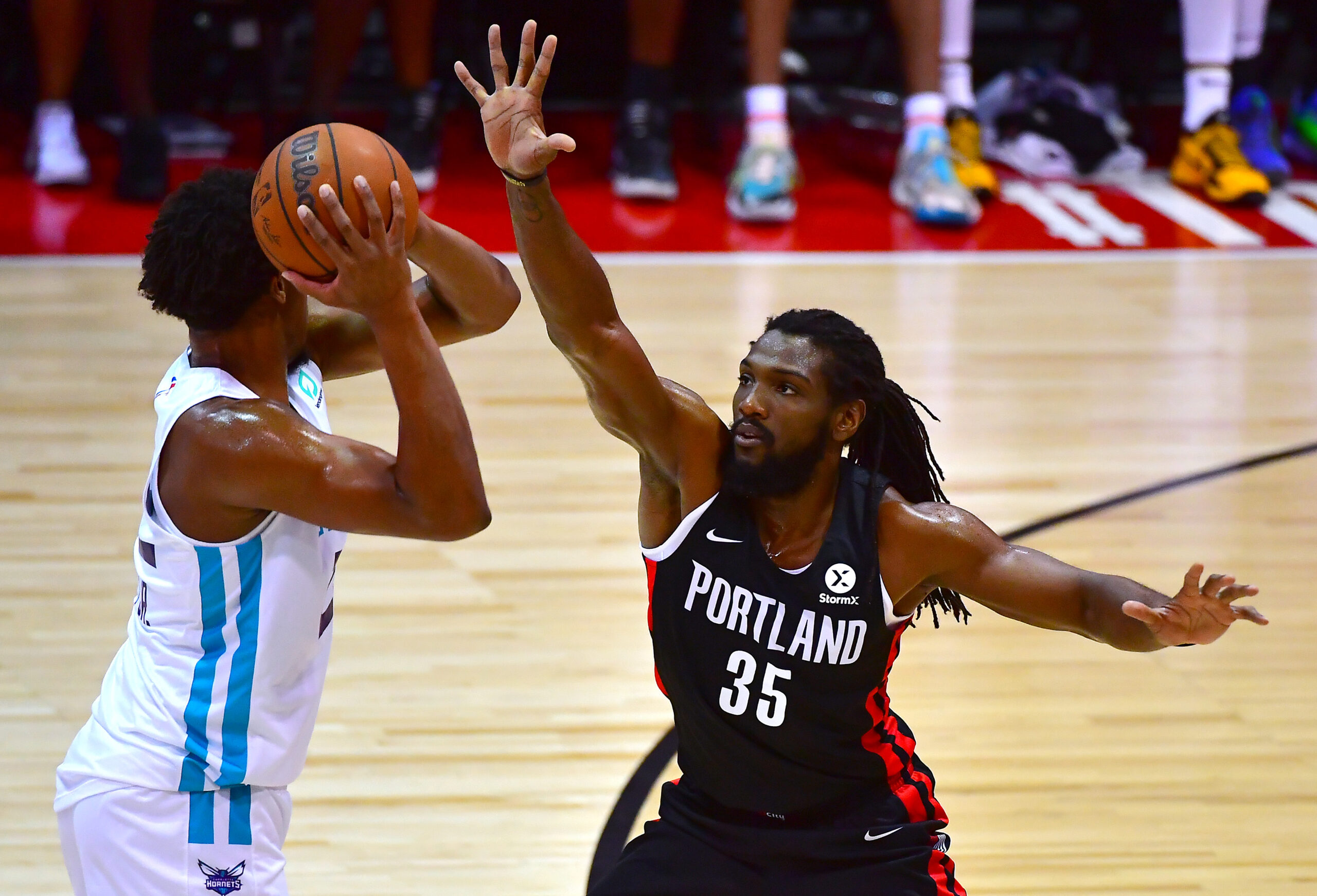
The Manimal entered the NBA with tremendous promise, holding NCAA rebounding records and finishing third in Rookie of the Year voting in 2012. His energy helped Denver Nuggets win games and earned him a $50 million contract.
His game lacked refinement, most crucially a reliable jump shot. Tracking data revealed just 24% of his shots came outside the restricted area, making him a spacing liability as the league evolved. His defensive limitations were exposed when teams ran high pick-and-rolls targeting him specifically. Between 2012 and 2019, the league-average frontcourt player extended their shooting range by 4.7 feet—Faried’s remained virtually unchanged.
2. Monta Ellis: The Scoring Anachronism
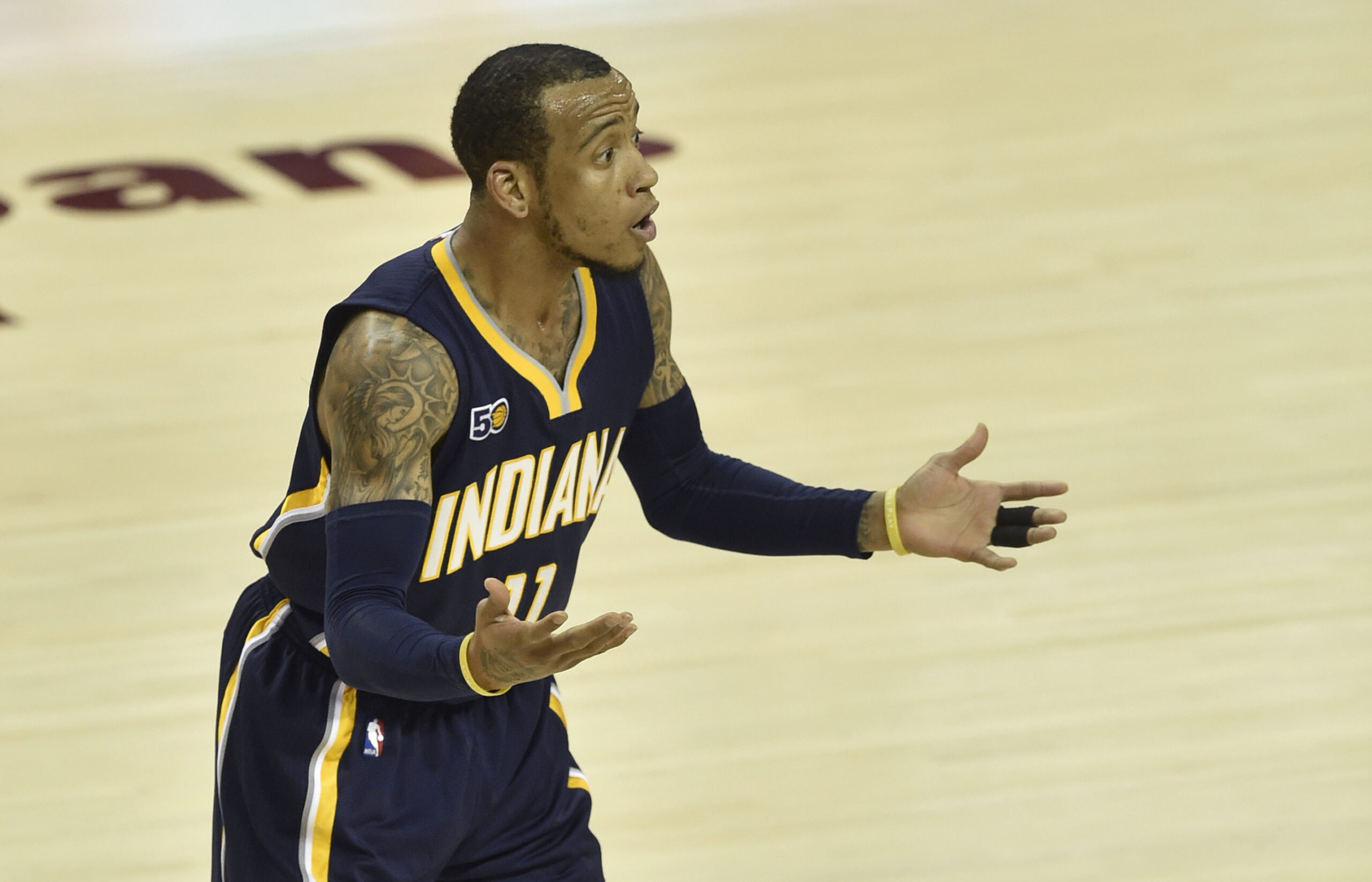
Ellis averaged 25.5 points at his peak with Golden State Warriors. His quick first step and offensive creativity made him entertaining to watch. Then a moped accident changed everything.
Though still productive afterward, efficiency suffered. He needed 19 shots to score 21 points, making him less valuable as analytics reshaped player evaluation. His career usage rate of 26.8% clashed with a true shooting percentage of just 52.0%—well below league average for high-volume scorers. Ellis played basketball like someone using a flip phone in 2022—what once seemed cutting-edge suddenly became outdated. The three-point revolution left behind many mid-range assassins, but Ellis might have been its most prominent casualty.
3. Andre Drummond: Stats vs. Impact
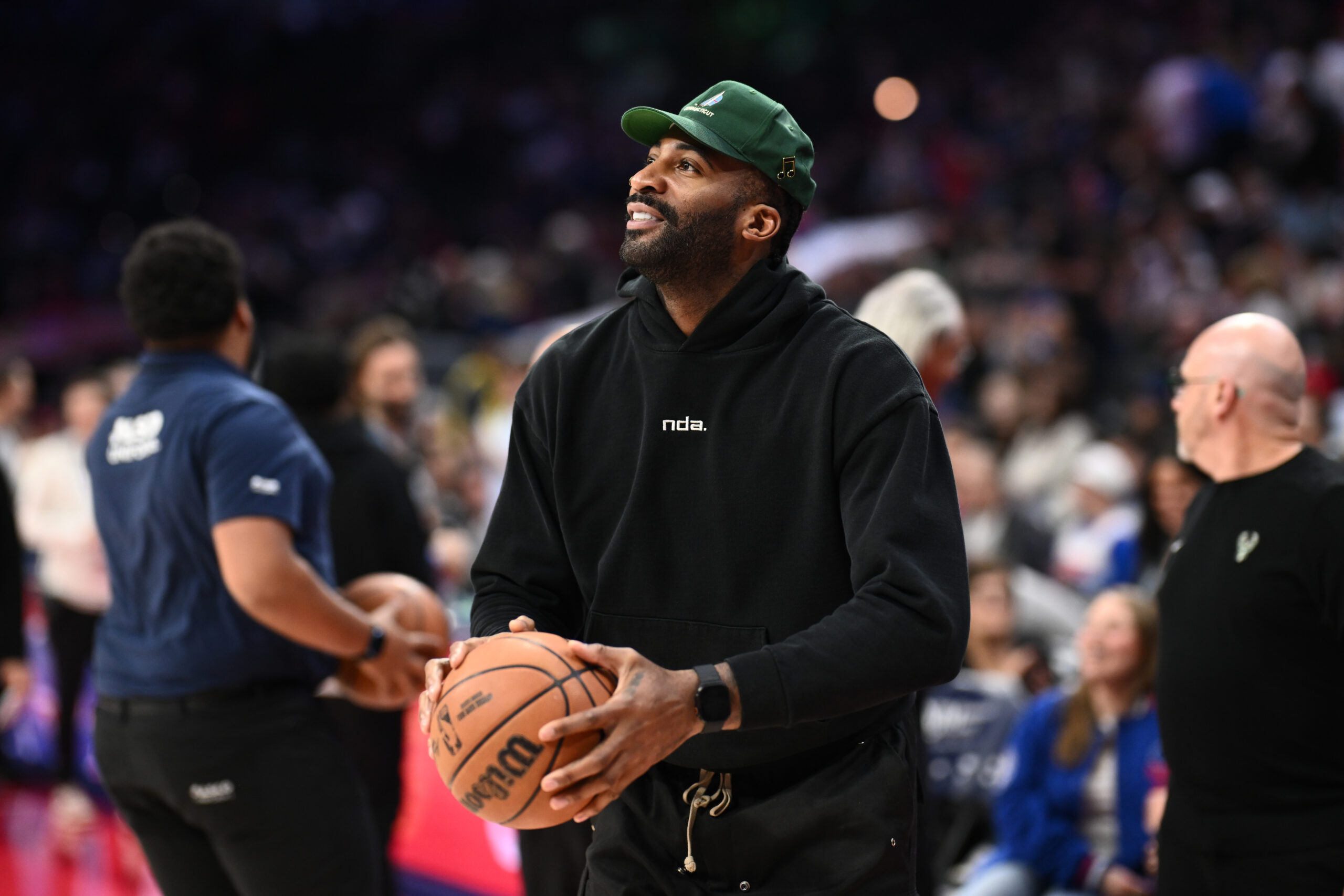
Despite being a two-time All-Star with Detroit, Andre Drummond‘s teams rarely found playoff success. He averaged 13.5 points and 12.7 rebounds, leading the league in rebounding four times. Impressive numbers on paper.
Poor free-throw shooting, limited range, and defensive positioning issues undermined his impact. His defensive real plus-minus consistently ranked in the bottom half of starting centers despite gaudy block totals. The Pistons’ defensive rating actually improved by 3.2 points when he sat during the 2018-19 season. Drummond became basketball’s equivalent of empty calories—filling the stat sheet without nourishing team success.
4. Blake Griffin: The Evolution Artist
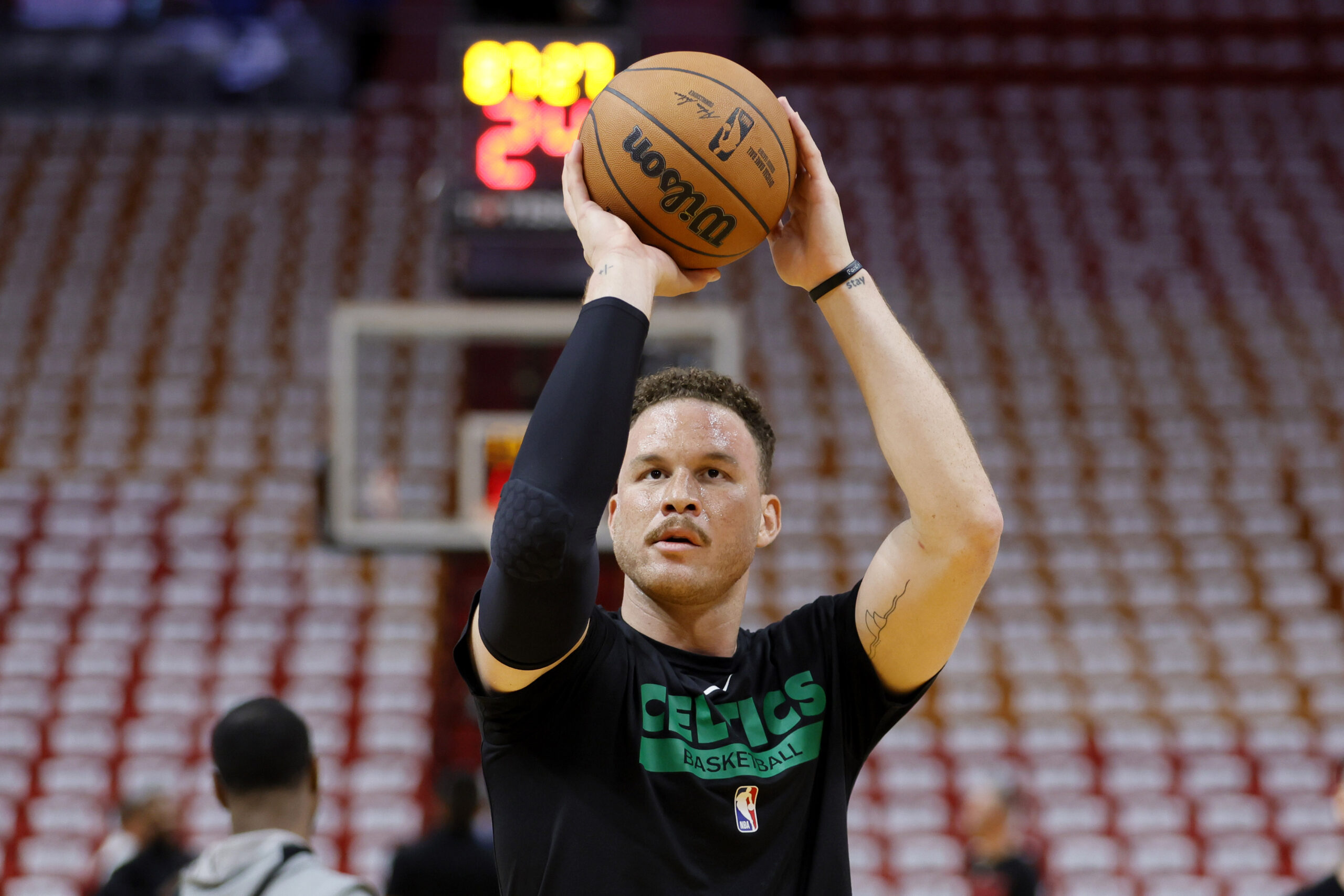
Griffin entered the league as a high-flying power forward, mesmerizing fans with spectacular dunks. His first five years brought All-Star selections and undeniable star potential. Then injuries struck.
When his legendary leaping ability diminished, Griffin evolved instead of fading. His transformation mirrors how HBO’s Succession shifted from comedy to drama—something completely different yet brilliantly effective. His Player Efficiency Rating with Detroit (21.4) nearly matched his Clippers prime (22.7) despite completely rebuilding his game. His playmaking from the elbow—once an afterthought—became essential to Detroit’s offensive architecture.
5. Nikola Mirotic: The Voluntary Exit
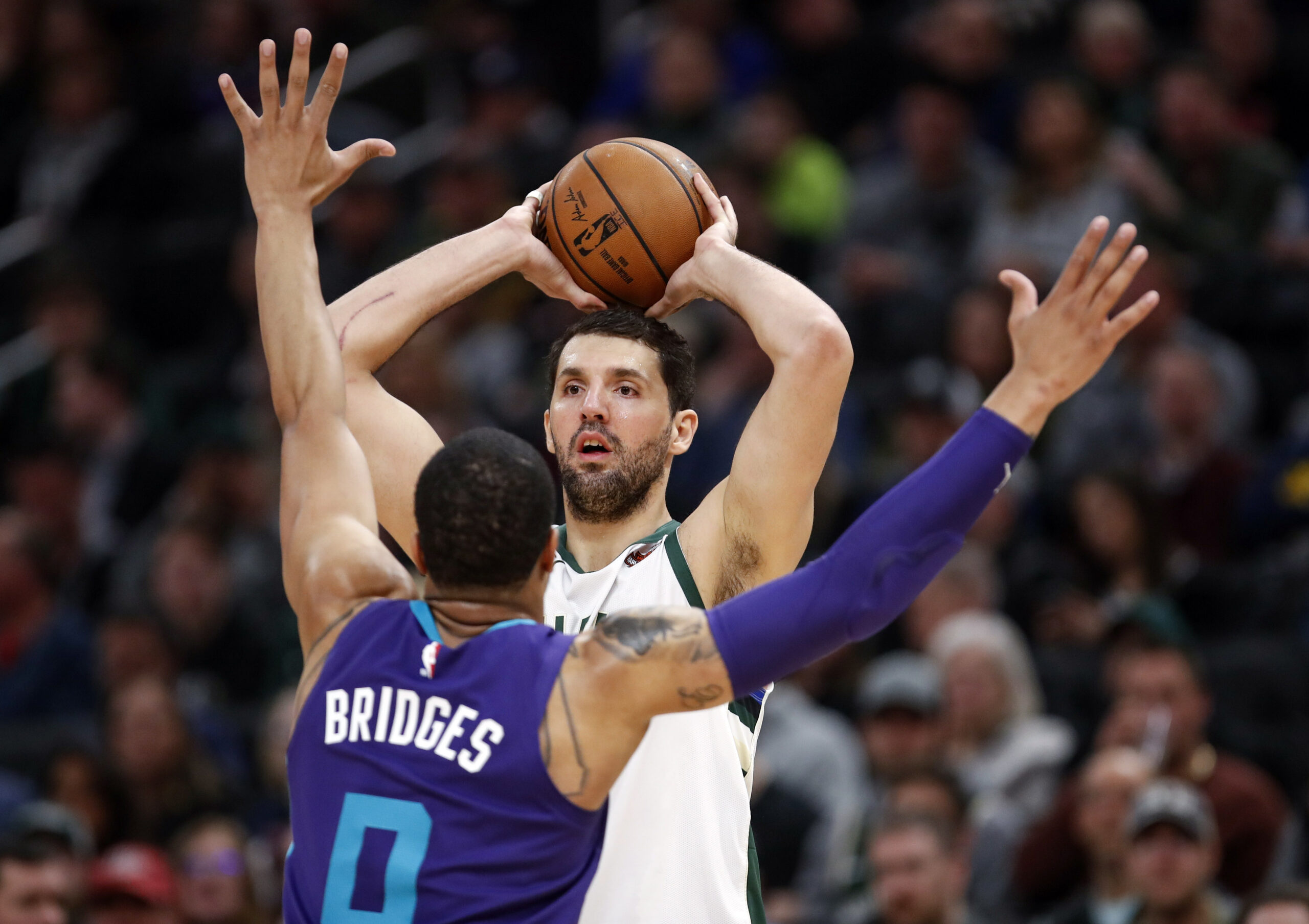
Despite success as a stretch-four averaging 16.7 points with the Pelicans, Mirotic made a shocking decision. He declined a three-year, $50 million contract from Utah. Family and faith called him back to Europe.
Since returning to FC Barcelona, he thrived professionally, earning multiple EuroLeague MVP of the Round awards. His 63.7% true shooting percentage in Europe looks like what he teased during his best NBA stretches. During his final NBA playoff run with Milwaukee, he posted a +63 in just nine games—the kind of impactful stretch that makes his voluntary exit even more remarkable. The basketball world respects those who make choices based on personal metrics rather than financial ones.
6. Kendrick Nunn: The Quick Rise and Fall

He finished second in Rookie of the Year voting, averaging 15 points with Miami on efficient shooting splits. His scoring ability suggested a promising career ahead. Fortunes changed quickly.
Injuries derailed his momentum, including missing an entire season with the Lakers. His catch-and-shoot three-point percentage—a skill vital in today’s spacing-obsessed NBA—fell from 39% to 31% after his injury. Now thriving in EuroLeague with 20 points per game, Nunn’s journey recalls NBA 2K players who dominate one season then vanish from rosters the next. His 2.3 seconds average touch time in Miami perfectly suited their system; elsewhere, he struggled with extended possessions.
7. Montrezl Harrell: The System Player
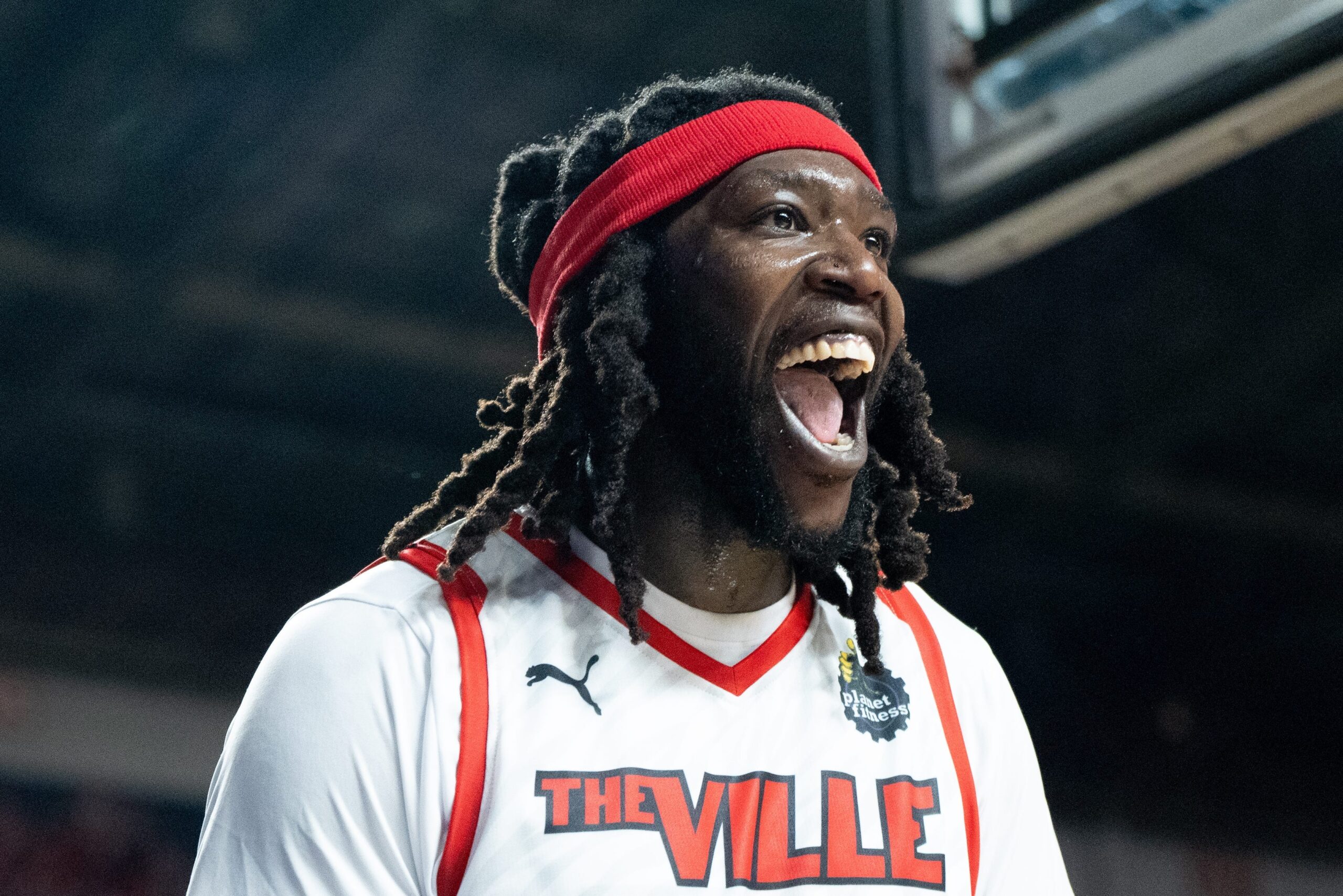
Harrell dominated with the Clippers as an energy player, scoring 18.6 points per game off the bench. His elite offensive rebounding made him valuable. The 2020 Sixth Man of the Year trophy proved it.
Yet after joining the Lakers, his numbers dropped to 13 points per game. His points per 36 minutes fell from 24.9 to 19.3 despite playing alongside elite talent. Advanced metrics tell a deeper story: his offensive rating plummeted from 126 to 118 while his defensive limitations became more exposed. You know how some NBA careers can be unpredictable or how the three-point revolution changed the league? Harrell’s career trajectory followed that exact pattern




